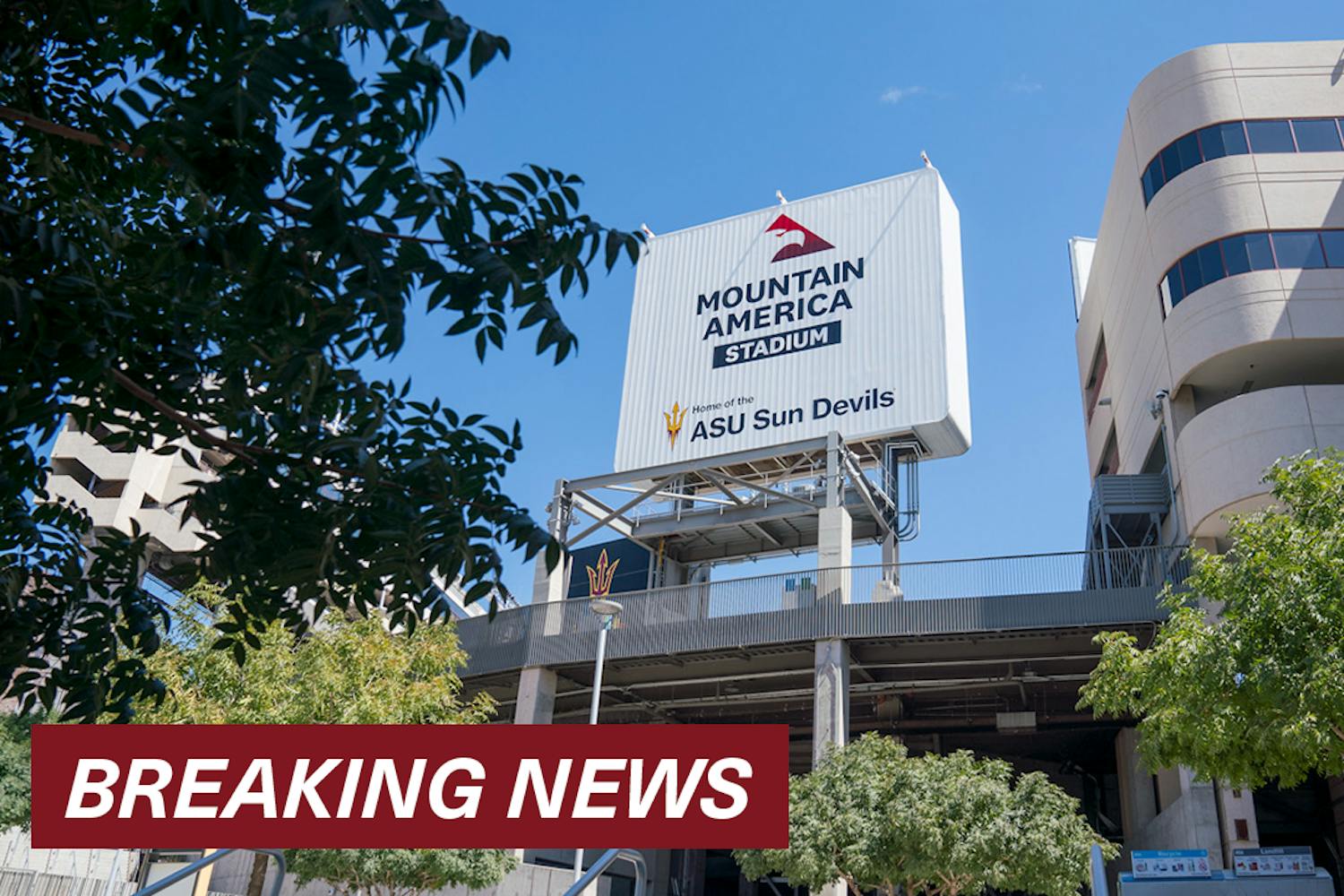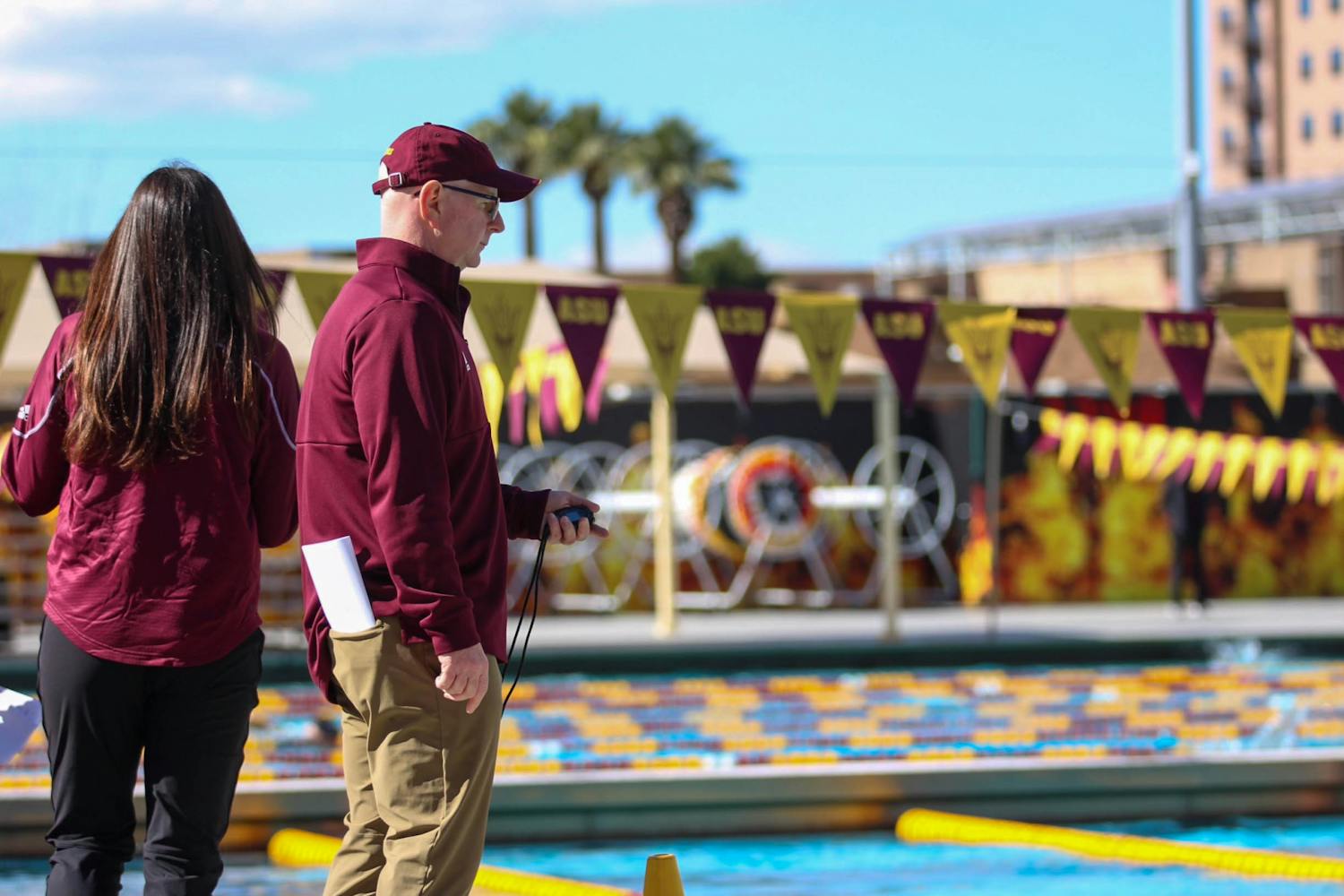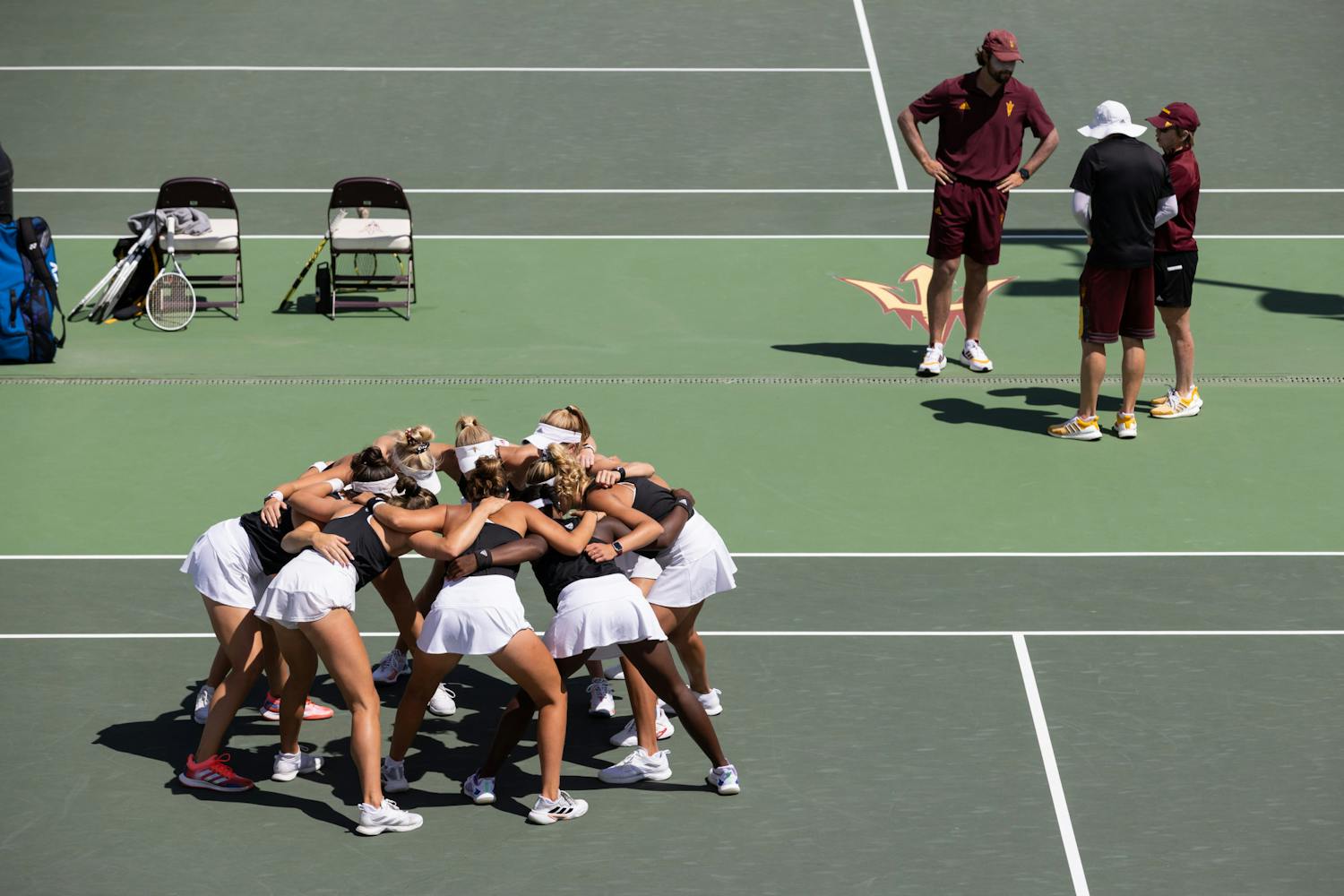Valley Metro staff have turned to the central Tempe and ASU communities to decide upon two route options for the Tempe Streetcar system, which is slated for completion in 2017.
Both routes turn east from Mill Avenue onto Apache Boulevard. One stops at Rural Road along Apache Boulevard with another line extending east from Mill Avenue onto Rio Salado Parkway and stopping at Packard Drive. The other option has a single line extending east along Apache Boulevard, stopping at Terrace Road and connecting with the Metro Light Rail there.
Benjamin Limmer, manager of corridor and faculty planning at Valley Metro, said the original planned route involved going straight south from Mill Avenue to Southern Avenue.
He said this plan did not meet federal funding criteria and required revision for two reasons: The area it would have traveled through was not densely populated enough, and it would not have served enough employment centers.
Limmer said the Tempe City Council told them to modify the route to meet the criteria and seek public input. He said the core of the original plan, a route along Mill Avenue with a one-way loop, was kept, as it met the requirements.
He said the original plan is still being considered as a phase for future expansion.
Hillary Foose, director of communication and marketing for Valley Metro, said there are no cost figures available yet for either route.
She said first they need to gather public feedback to determine the preferred route.
“We’ll then dig in deeper to some of the technical costs,” Foose said.
She said if public feedback shows a strong preference for both options, they may consider ways to combine them. However, she said the cost for the original plan and its 2.6-mile length was around $130 million, and they want to keep the new route’s length and cost close to those figures.
“Obviously, the central Tempe area is going to continue to grow with residents, students, employees,” she said. “And so, we’re trying to work together to build additional transportation options to move people around.”
Foose addressed business concerns about construction restricting access and said that streetcar construction is relatively quick.
“It’s less affecting than light rail construction, typically speaking,” she said.
She said there are programs in place to work with the neighborhood to keep business owners and residents informed and involved.
Foose also addressed concerns about overhead lines obstructing views along the route and said that while a wireless streetcar model had not been decided upon, it was being considered.
Eric Iwersen, who works with the city of Tempe’s community development staff, said there will be no planned zoning changes to any of the buildings along the new routes, meaning no change to businesses allowed to operate along the future route.
“Certainly, you have seen with the light rail project that there have been properties that have changed after the light rail,” he said, “but we are not, as part of the project, rezoning properties.”
Project manager Stephanie Shipp said the Rio Salado Parkway option would provide convenient use for those who live and work along the route, but she also said the area is inactive development-wise.
Shipp said the Terrace Road option would connect to the light rail in two places, allowing for more movement between central Tempe and downtown. However, she said this would mean the streetcar would have to cater to a larger population.
Shipp said residents and students can comment on their preferred option on the Web. All feedback will be weighed equally, she said.
Neil Koepke, who attended a May 21 public meeting regarding the Tempe Streetcar routes, said he did not see a whole lot of difference between the two options.
He said he worries that there will be a major shutdown in the central Tempe area in a few years because of the streetcar’s construction.
Koepke said he prefers the option extending to Terrace Road, as he feels there is more future possibility in extending the line north and south. He said he preferred the original plan to the new options.
Reach the reporter at smande17@asu.edu or follow her on Twitter @SarahDeAnderson



